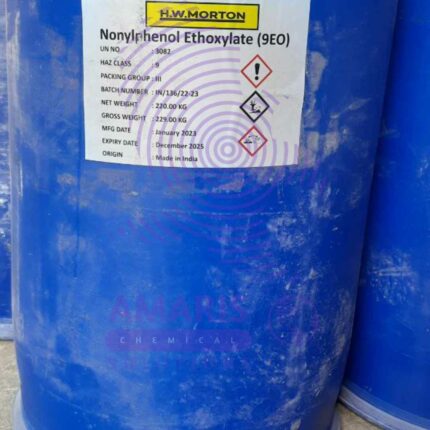
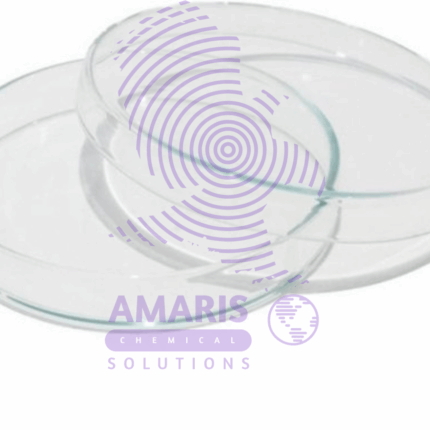
Potassium Hydroxide 25kg
$13,750.00 Original price was: $13,750.00.$12,750.00Current price is: $12,750.00.
Potassium hydroxide is a strong inorganic compound with the chemical formula KOH. It is also known as caustic potash. This compound is a white, odorless solid that is highly soluble in water, producing an alkaline solution. Potassium hydroxide is commonly used in various industrial and laboratory applications, including as a strong base in chemical processes, as an electrolyte in batteries, and in the manufacture of soaps, detergents, and other cleaning agents. It is important to handle potassium hydroxide with care due to its corrosive and caustic nature
Uses of Potassium hydroxide (KOH)
Chemical Processing:
KOH is a potent base and is commonly used in various chemical processes, such as the production of biodiesel from vegetable oils, as well as in the manufacturing of potassium salts, fertilizers, and pharmaceuticals.
Soap and Detergent Industry:
It is a key ingredient in soap-making, where it is used to saponify fats and oils, converting them into soap. Additionally, it is used in detergent formulations due to its ability to dissolve grease and oils.
Cleaning Agents:
Potassium hydroxide is utilized in various cleaning agents and household products, including oven cleaners, drain cleaners, and degreasers.
Food Industry:
In the food industry, KOH is used to remove skins from fruits and vegetables and to adjust the pH levels in some food products.
Electrolyte in Batteries:
Potassium hydroxide is used as an electrolyte in certain types of batteries, particularly alkaline batteries.
Petroleum Industry:
It is employed in the refining of petroleum and in the production of biodiesel.
Pharmaceuticals:
KOH is used in the pharmaceutical industry for various purposes, such as in the preparation of certain medications and as a pH adjuster in formulations.
Textile Industry:
In the textile industry, it is used for mercerizing cotton, which improves the fiber’s strength, luster, and dye uptake.
Agriculture:
Potassium hydroxide is sometimes used as a source of potassium in fertilizers to promote plant growth and improve crop yield.
Water Treatment:
It is utilized in water treatment processes to adjust pH levels and neutralize acidic water.
8 reviews for Potassium Hydroxide 25kg
Related products
Aluminum Nitrate 500gm
Aluminum Oxide 500 grams
Aluminum Potassium Sulphate 500gm
Physical Properties:
- Appearance: Colorless, transparent crystals or white powder.
- Solubility: Soluble in water but insoluble in alcohol.
- Melting Point: Decomposes at high temperatures before melting.
Chemical Properties:
- Molecular Formula: KAl(SO₄)₂·12H₂O
- Molecular Weight: 474.39 g/mol (for the dodecahydrate form)
- Acidity: It is slightly acidic in aqueous solution.
Ammonia Acetate
Properties
- Chemical Formula: NH4C2H3O2
- Molecular Weight: 77.08 g/mol
- Appearance: White, crystalline solid
- Solubility: Highly soluble in water
- Melting Point: Decomposes upon heating


 Emollients
Emollients Humectants
Humectants UV Filters
UV Filters Surfactants (cosmetic)
Surfactants (cosmetic) Preservatives (cosmetic)
Preservatives (cosmetic) Fragrances and Essential Oils
Fragrances and Essential Oils Antioxidants (cosmetics)
Antioxidants (cosmetics)
 Solvents (lab)
Solvents (lab) Chromatography Chemicals
Chromatography Chemicals Microbiology and Cell Culture Reagents
Microbiology and Cell Culture Reagents Biochemical Reagents
Biochemical Reagents Inorganic and Organic Standards
Inorganic and Organic Standards Spectroscopy Reagents
Spectroscopy Reagents Molecular Biology Reagents
Molecular Biology Reagents
 Precious Metal Extraction Agents
Precious Metal Extraction Agents
 Plasticizers
Plasticizers Polymerization Initiators
Polymerization Initiators Stabilizers
Stabilizers Monomers
Monomers Fillers and Reinforcements
Fillers and Reinforcements Antioxidants (plastics)
Antioxidants (plastics) Colorants (plastic pigments,Dyes)
Colorants (plastic pigments,Dyes)
 Fertilizers
Fertilizers Plant Growth Regulators
Plant Growth Regulators Soil Conditioners
Soil Conditioners Animal Feed Additives
Animal Feed Additives Biostimulants
Biostimulants
 Dough Conditioners
Dough Conditioners Flour Treatments
Flour Treatments Fat Replacers
Fat Replacers Preservatives (baking)
Preservatives (baking)
 Surfactants (cleaning)
Surfactants (cleaning) Builders
Builders Bleaching Agents
Bleaching Agents Enzymes
Enzymes Solvents (cleaning)
Solvents (cleaning) Fragrances
Fragrances Disinfectant
Disinfectant Metal cleaning
Metal cleaning
 Binders/Resins
Binders/Resins Pigments
Pigments Solvents (paint)
Solvents (paint) Additives
Additives Driers
Driers Anti-Corrosion Agents
Anti-Corrosion Agents Specialty Coatings
Specialty Coatings Functional Coatings
Functional Coatings Application-Specific Coatings
Application-Specific Coatings
 Sealants and Adhesives
Sealants and Adhesives
 Biodegradable Surfactants
Biodegradable Surfactants Bio-based Solvents
Bio-based Solvents Renewable Polymers
Renewable Polymers Carbon Capture Chemicals
Carbon Capture Chemicals Wastewater Treatment Chemicals
Wastewater Treatment Chemicals
 Preservatives (food)
Preservatives (food) Flavor Enhancers
Flavor Enhancers Acidulants
Acidulants Sweeteners
Sweeteners Emulsifiers
Emulsifiers Antioxidants (food)
Antioxidants (food) Colorants (food)
Colorants (food) Nutrient Supplements
Nutrient Supplements Nutraceutical Ingredients
Nutraceutical Ingredients
 Fresh Herbs
Fresh Herbs Whole Spices
Whole Spices Ground Spices
Ground Spices Spice Blends
Spice Blends
 Surfactants(oil)
Surfactants(oil)
 Antibiotics
Antibiotics Active Pharmaceutical Ingredients
Active Pharmaceutical Ingredients Excipients
Excipients Vaccine Adjuvants
Vaccine Adjuvants Nutraceutical Ingredients
Nutraceutical Ingredients Solvents (pharmaceutical)
Solvents (pharmaceutical)
 Automotive chemicals
Automotive chemicals Pyrotechnic Chemicals
Pyrotechnic Chemicals


 Vulcanizing Agents
Vulcanizing Agents Accelerators & Retarders
Accelerators & Retarders Antidegradants
Antidegradants Reinforcing Agents
Reinforcing Agents Plasticizers & Softeners
Plasticizers & Softeners Fillers & Extenders
Fillers & Extenders Blowing Agents
Blowing Agents Adhesion Promoters
Adhesion Promoters
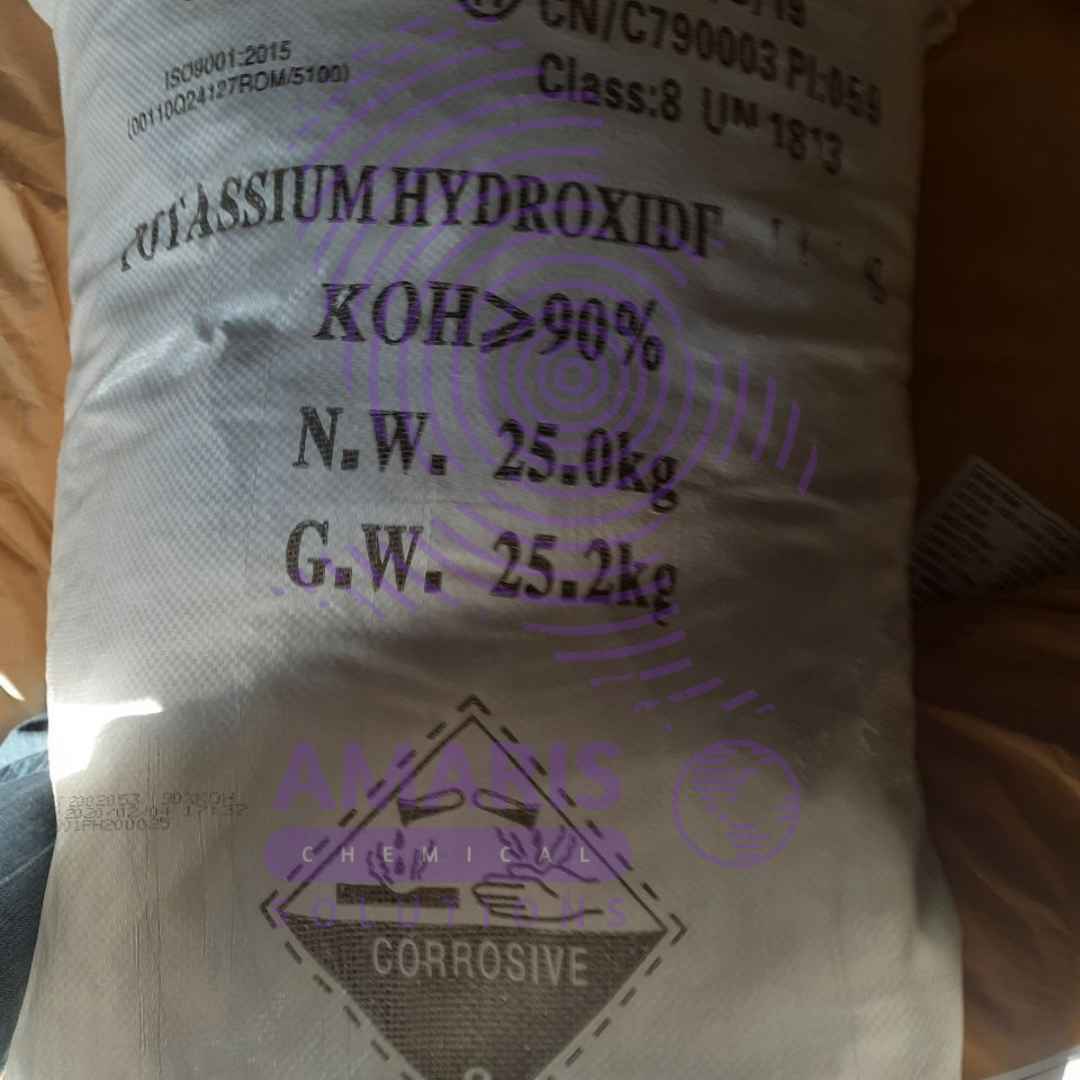
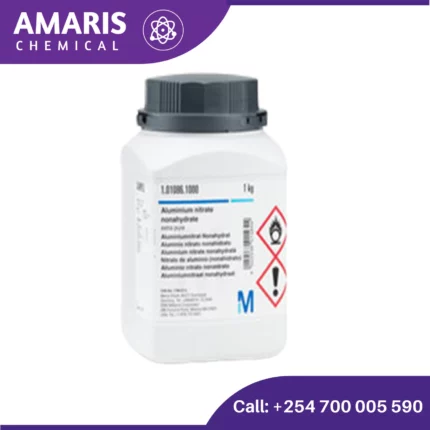
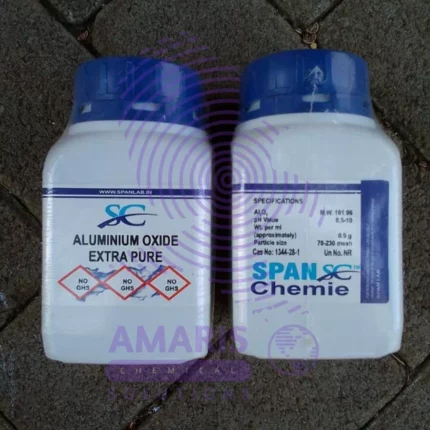

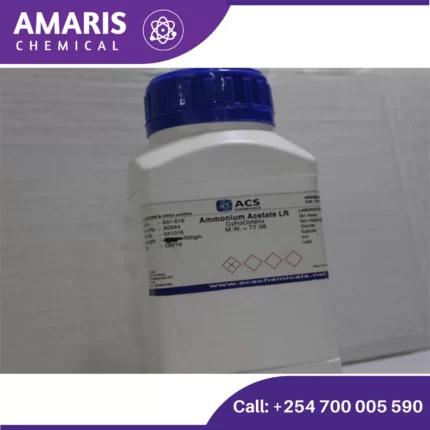
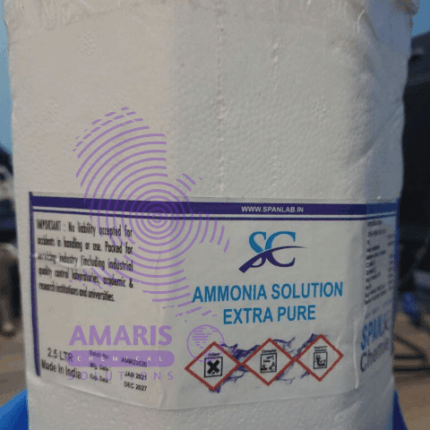
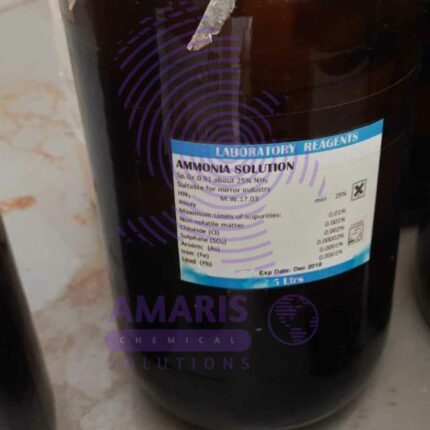
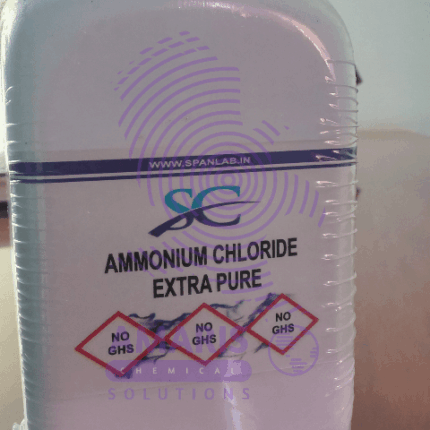
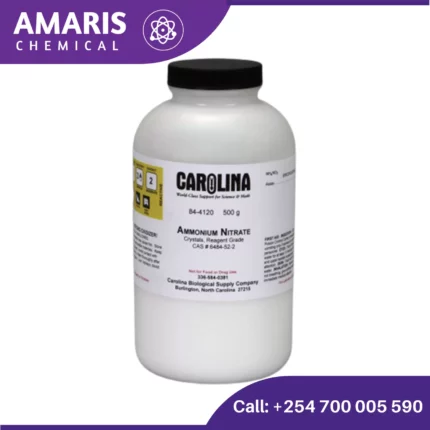
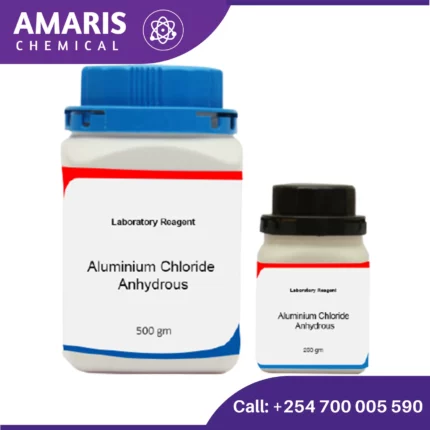













Patrick –
Versatile and effective across industries.
Jambo –
Potassium hydroxide is a versatile chemical compound.
Ivon –
I appreciate its versatility as a strong base, useful in chemical synthesis and pH adjustment.
Lilo –
I appreciate its versatility.
Praise –
Antique
Daniel Tom –
The product is remarkable
Susan Kariuki –
Potassium Hydroxide works so well
Lakshmi –
Commonly used to make soft soaps and liquid soaps